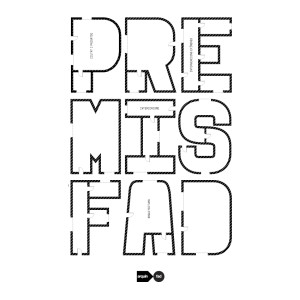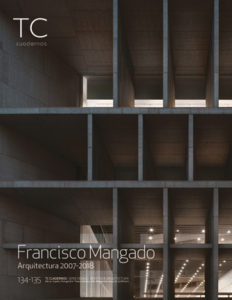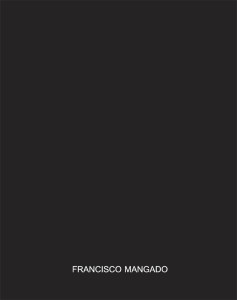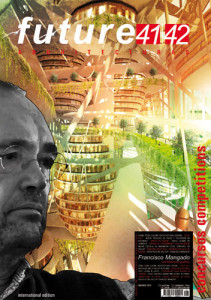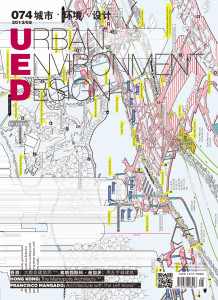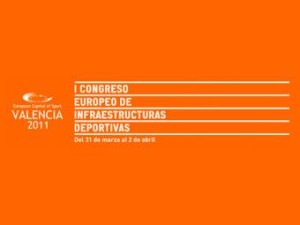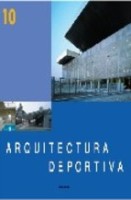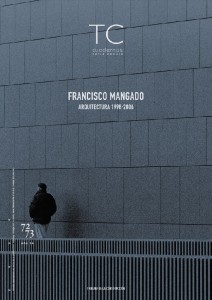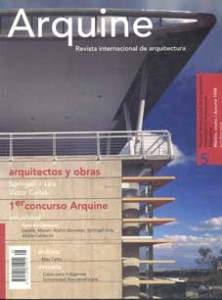Swimming pools for the University of Vigo+
2005-2009
Ourense. Vigo-Spain
3.038 m2
The project is drawn up as large outlook onto the campus, and the whole organization and arrangement of uses are indebted to this idea. The users will be able to enjoy views of the campus and its buildings from this raised platform containing the swimming pools.
The access to the pool through the most elevated area allows to accommodate the main functions in a single floor. The complementary ones – dressing rooms and sanitation services – are organized following an L-shape. All of them within an itinerary conceived in material terms as a slightly opaque one, defined by the smaller scale of the uses therein contained. Embraced by these are the poolside spaces, glazed and open onto the campus, “floating” beyond the structural and functional limits imposed. The ends of this platform, whose interior contains areas for resting after exercise, are cantilevering volumes (spanning approximately eight meters) that seem to escape the base anchored to the ground so that the users may feel as if they were flying.
This light platform of water that hovers over its surroundings contrasts with its strong, solid granite base. This base endows the swimming pools with facades, aside from accommodating the systems and other necessary services. From the exterior, it is perceived not only as the facade of the building, but as a pre-existing base of topographical nature that is anchored to the subsoil, so defining the raised outlook character of the public level. The other central argument of the project is the roof. The large outlook has a clear, powerful and attractive roof, of large spans and an internal geometry in accordance with the existing deep beams. A roof that allows to generate rich spaces and light nuances – the roof has a skylight – that enhance the overall image of the complex. During the project design a special attention was paid to the water space that was to be generated, it had to be efficient but also appealing and sensual. In this sense the roof plays an essential role.
Ourense, España
